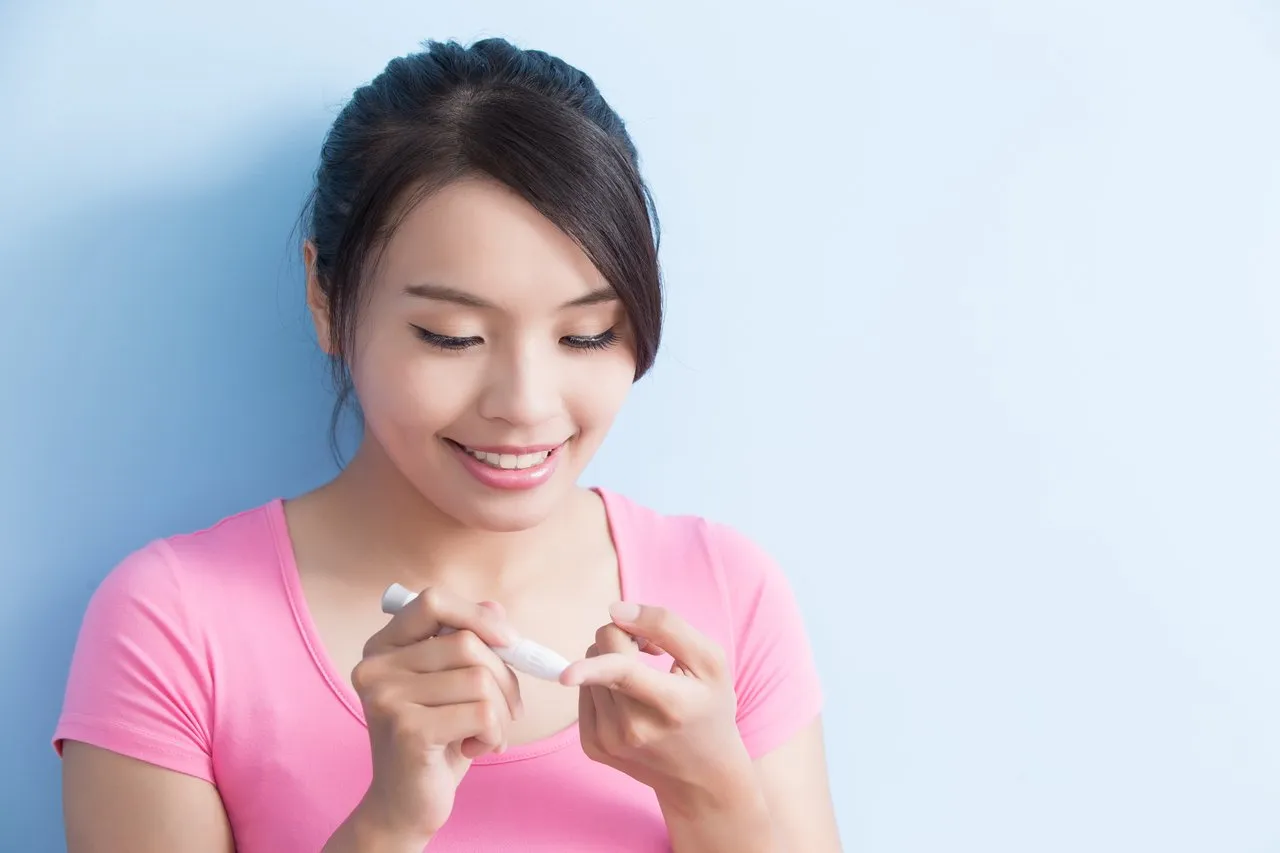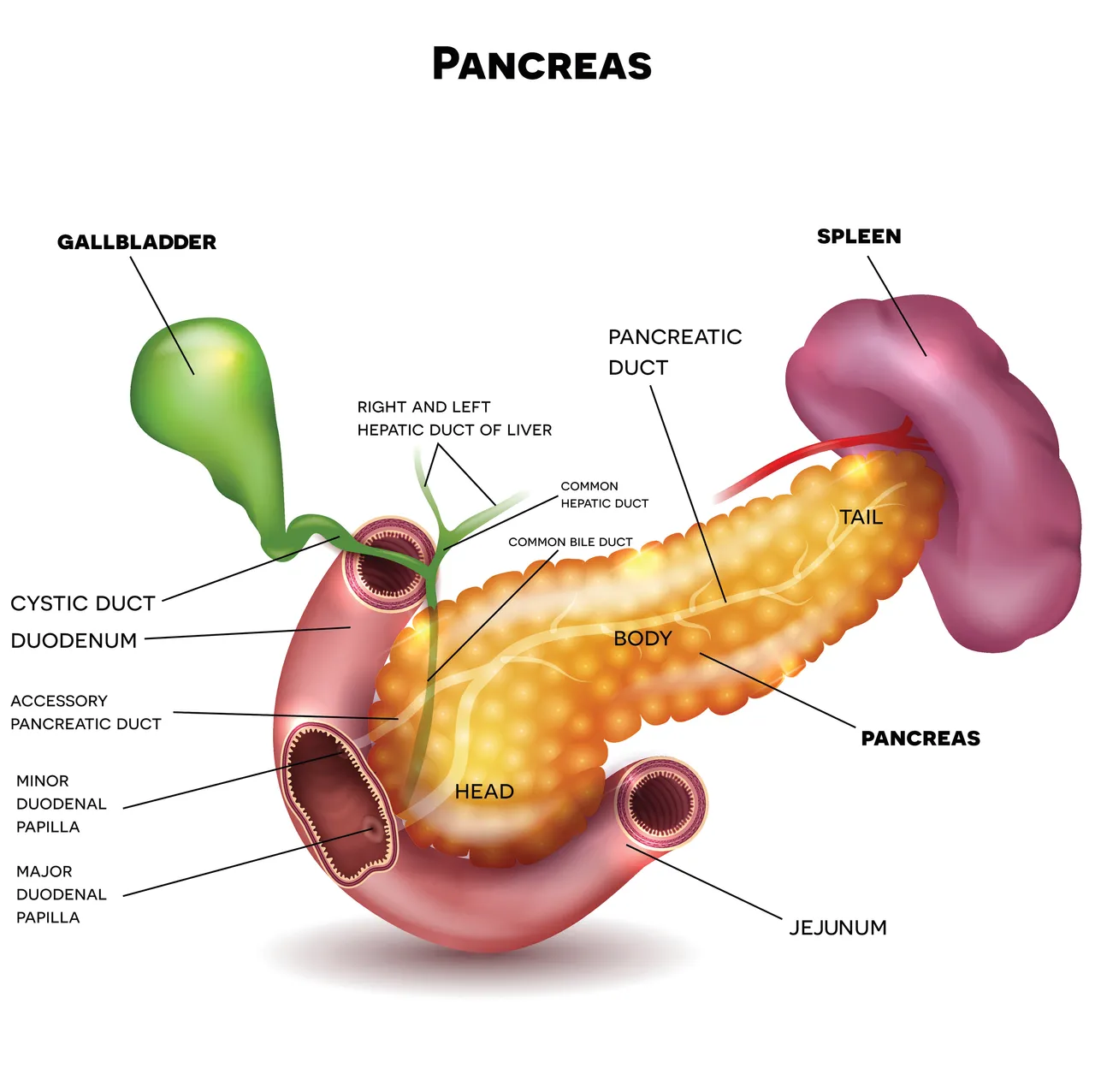
Introduction
I came across an interesting case report in the NEJM [1] from a couple of weeks ago.

As someone who suffers from Type I diabetes and has to take insulin I am always on the lookout for new ways of treating this condition.
This case report involves an allogeneic transplant (see explanation below) of Beta islet cells into the omentum of a 43 year old woman.
In essence this is like creating an artificial pancreas to replace the woman's original (non-functioning pancreas).
It appears that in this case the transplant was successful and the woman was able to discontinue insulin after 17 days.
Normal insulin function was maintained in this case for 12 months and the patient did not suffer from any hypoglycaemic episodes (the main risk from taking insulin).
It appears that this report involves a patient who is enrolled in a larger ongoing study of this technique.
It is preliminary information and that is why it is being presented in the form of a letter in the NEJM.
The report is quite short and is free to read (or download) here. If you are interested in the subject I would recommend giving it a read.
Explanation
The Beta islet cells are a particular type of cell in the pancreas that produce insulin and either die off or stop functioning in Type I diabetes.
An allogeneic transplant means that it is taken from a donor (usually someone who is immunologically compatible like a sibling).
We don't have any specific details of who the donor was in this case - I suspect that kind of information will come in future data.

Due to the use of cells from another person some sort of immunosuppression needs to be used to stop the recipient's immune system from attacking the cells.
A number of agents were used (see the paper for details) and one of them had to be changed as it was causing hair loss.
The islet cells in this case were transplanted into the omentum. This is a fatty support structure that holds the intestines in place.
In the past it was assumed that the omentum was merely a place for storing fat and giving structural support to the bowels.
In recent years it has become apparent that it has a variety of roles in both immune and hormonal function.
It is also relatively easy to access and so makes a logical site for implantation.
Why is this so interesting?
Previous attempts at transplantation involved a full pancreatic transplantation with the obvious risk of full blown abdominal surgery.

Experimental attempts at cellular implantation in the past have involved more risky placement within the liver which is more difficult to access and has greater risks for complications (e.g. bleeding).
The omentum appears to be a safer and easier to access site, which also has a good blood supply. It is also close in location to the liver and pancreas from an anatomical standpoint.
Although this report doesn't get into the details of how the implantation was done it could in theory be possible to do this sort of implantation with minimally invasive surgery - possibly even via injection.
That could reduce or even eliminate general anaesthetic risk, along with reducing the risks of bleeding and infection.
If this pans out as a technique it could eventually be a case of booking in to your local clinic or hospital to have it done, and going home the same day.
Notes of Caution
I often talk about small sample sizes. This is a case report on a sample of one!
It is a preliminary report and we must always be cautious of reading too much into it, no matter how promising it must seem.
We don't have much details such as where the transplant came from, exactly how it was done etc.

There is also comparatively little information about the patient - perhaps there is something else about this patient that lead to the recovery of insulin function that had nothing to do with the transplant?
For example most (but not all) cases of Type I Diabetes are thought to be due to autoimmunity.
It is possible that the immunosuppression allowed her own existing pancreatic beta cells to recover and start functioning again.
-The transplant itself may be a kind of "red herring" here.
We must also consider the risks to general health from immunosuppression.
The ideal thing would be to isolate still functioning beta islet cells (or reprogram stem cells) from the patient herself and implant those.
This would still not be perfect though because if the cause of the diabetes is auto-immunity, some kind of immunosuppression would still be required to prevent the new cells being damaged or destroyed.
It could work very well for those who have non-autoimmune diabetes though.
It should also be noted that the patient was on a low carbohydrate diet and a regular exercise regime - it is not clear how well it would work in the absence of these measures.
We will have to wait for results from the full study to make further assessments.
Conclusion

This is certainly exciting news and I look forward to seeing the full results from the study.
We should not get ahead of ourselves though.
As the authors themselves state at the end:
Data from long-term follow-up and regarding additional omental islet transplantations are lacking. The current study is ongoing to determine the safety and long-term feasibility of this strategy of islet transplantation.
Before You Go - Don't Forget to Vote:
Vote for STEEM in the BTCC Poll

Click image to go to the Tweet.
References
- Baidal, David A., Camillo Ricordi, Dora M. Berman, Ana Alvarez, Nathalia Padilla, Gaetano Ciancio, Elina Linetsky, Antonello Pileggi, and Rodolfo Alejandro. 2017. “Bioengineering of an Intraabdominal Endocrine Pancreas.” The New England Journal of Medicine 376 (19): 1887–89.
Thank you for reading

